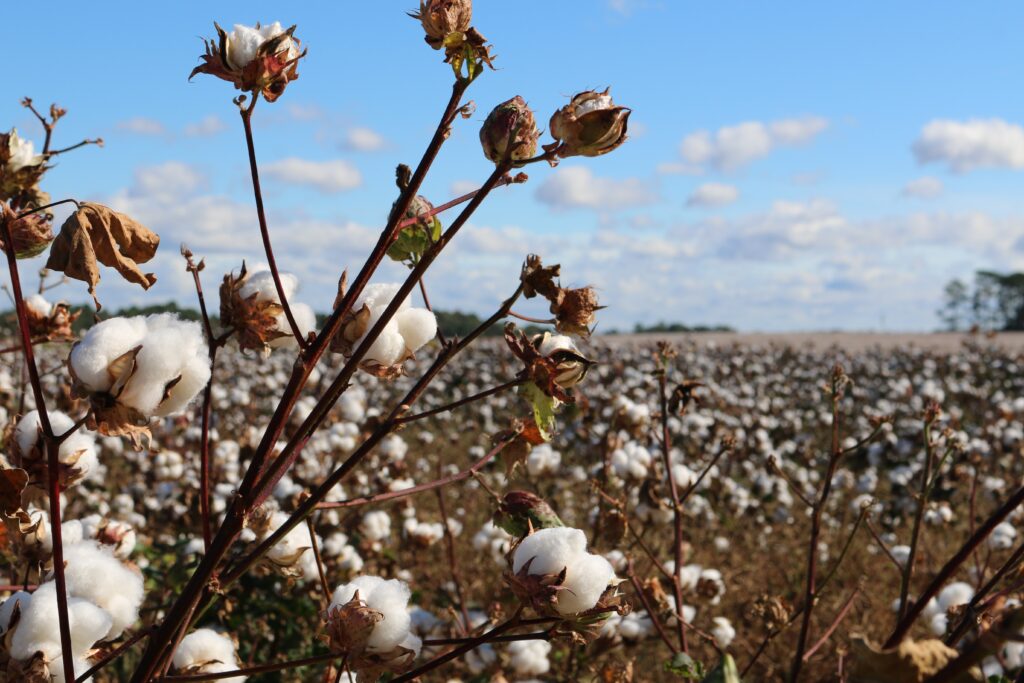Cotton plays a pivotal role in Pakistan’s economy, as it is the country’s primary cash crop and a significant source of employment. The textile industry, which heavily relies on cotton as its primary raw material, is among the largest contributors to Pakistan’s GDP. In this blog post, we will delve into the world of cotton prices in Pakistan, exploring factors that influence them, their impact on the textile industry, and the challenges faced by cotton farmers.
The Landscape of Cotton Production in Pakistan
Contents
Pakistan is among the top cotton-producing countries globally, with the major cotton-producing regions being Punjab and Sindh provinces. The country’s cotton production is heavily influenced by factors such as climate, pest infestations, water availability, and farming practices. The cotton crop season usually starts in April and ends in November, with the peak harvest period falling between August and October. The timing of the crop season can significantly impact cotton prices, as it dictates the supply available in the market.
Cotton Price in Pakistan
Cotton prices in Pakistan are constantly fluctuating due to various factors. Over the years, domestic cotton prices have experienced both upward and downward trends, with periodic spikes and dips. When examining cotton prices in Pakistan, it is essential to compare them with international prices, as the global market heavily influences the local market. Additionally, it is crucial to consider monthly and yearly price variations to understand the broader trends and patterns.
Last Updated on Aug 1, 2023. We want to make sure you have the most up-to-date information on prices.
| City / Region | Min Price (PKR) | Avg Price (PKR) | Max Price (PKR) |
|---|---|---|---|
| Punjab | |||
| Lodhra | 6,000 | 6,900 | 7,800 |
| Bahawalnagar | 7,215 | 7,800 | 8,386 |
| Sahiwal | 6,000 | 7,300 | 8,600 |
| Rahim Yar Khan | 5,667 | 7,217 | 8,767 |
| Khanewal | 5,000 | 6,550 | 8,100 |
| Vehari | 6,000 | 7,100 | 8,200 |
| Sindh | |||
| Nawabshah | 5,800 | 6,600 | 7,400 |
| Gotki | 7,000 | 7,250 | 7,500 |
| Sukkur | 7,000 | 7,250 | 7,500 |
| Sanghar | 5,500 | 6,125 | 6,750 |
| Naushro Feroz | 5,000 | 6,400 | 7,800 |
| Balochistan | |||
| Barkhan | 7,500 | 8,000 | 8,500 |
| Kharan | 7,800 | 8,150 | 8,500 |
| Panjgur | 7,500 | 7,850 | 8,200 |
| Khuzdar | 8,000 | 8,375 | 8,750 |
| Lasbella | 5,500 | 5,950 | 6,400 |
| Kalat | 8,000 | 8,400 | 8,800 |
| Turbat | 7,500 | 7,750 | 8,000 |
Explore the costs of other staple crops in our Rice Prices article.
Factors Affecting Cotton Prices in Pakistan
Multiple factors affect cotton prices in Pakistan, including:
- Global market trends: International cotton prices and market dynamics, such as supply and demand, can significantly impact Pakistani cotton prices.
- Government policies: Policies related to cotton cultivation, import, export, and taxation can influence the overall cotton prices in the country.
- Exchange rates: Fluctuations in the value of the Pakistani Rupee against major currencies can affect cotton prices, as it impacts the cost of imported inputs and exported cotton.
- Supply and demand: Local and international demand for Pakistani cotton, along with the available supply, dictates the prices in the market.
- Natural disasters and pests: Unpredictable events such as floods, droughts, and pest infestations can adversely impact cotton production, leading to price fluctuations.
Cotton Export and Import Dynamics in Pakistan
Pakistan is a significant exporter of raw cotton, with major export destinations being China, Bangladesh, and Vietnam. Cotton exports contribute substantially to Pakistan’s economy and foreign exchange earnings. On the other hand, Pakistan also imports cotton to meet the growing demand from the textile industry. The import of cotton can affect domestic cotton prices, as it directly influences the overall supply in the market.
The Interplay Between Pakistan’s Textile Industry and Cotton Prices
The textile industry is a critical sector in Pakistan’s economy, and it relies heavily on the availability of cotton at competitive prices. Fluctuations in cotton prices can significantly affect the textile industry’s profitability, forcing manufacturers to adjust their strategies to cope with the changing market dynamics. Strategies can include increasing efficiency, sourcing cotton from alternative markets, and investing in research and development to minimize the impact of price volatility.
Conclusion
Cotton prices in Pakistan are influenced by a myriad of factors, and understanding these dynamics is crucial for farmers, the textile industry, and policymakers. By addressing the challenges faced by cotton farmers and promoting innovation in the sector, Pakistan can ensure a stable and prosperous cotton industry that benefits its economy and people. It is essential to continue investing in research, development, and support systems for the cotton sector to maintain its competitive edge in the global market and to foster sustainable growth and development in the country.



